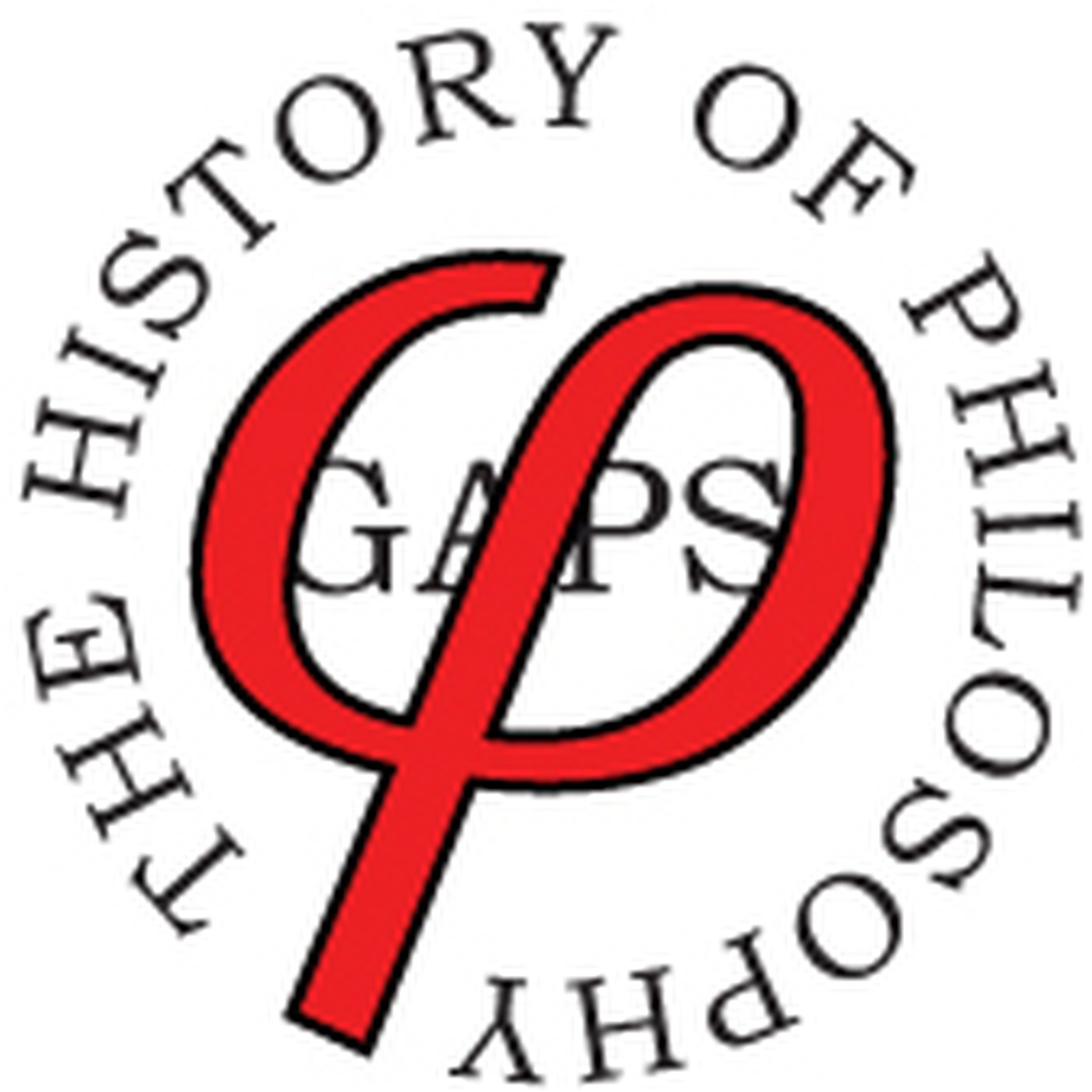
HoP 456 - Touch Me With Your Madness - Cervantes’ Don Quixote

History of Philosophy Without Any Gaps
Deep Dive
Why is Don Quixote considered the first modern novel?
Don Quixote is considered the first modern novel because it reflects social developments associated with modernity, such as economic changes, and it is self-aware of its own fictionality. It explores the nature of fiction itself, making it a pioneering work in literature.
What role does self-referentiality play in Don Quixote?
Self-referentiality is a key feature of Don Quixote, as it embeds shorter stories within the larger narrative, much like a play within a play. This technique highlights the fictional nature of the story and invites readers to reflect on the nature of fiction.
How does Don Quixote reflect the Renaissance humanist spirit?
Cervantes' literary gamesmanship in Don Quixote can be connected to the humanist spirit, particularly through his education with a humanist scholar and his time in Italy. The novel's themes of enchantment, doubt, and arbitrary misidentification reflect the humanist fascination with the limits of human knowledge and the power of fiction.
What does Don Quixote reveal about the relationship between fiction and reality?
Don Quixote demonstrates that fiction gains its value through the reader's conviction that it is valuable. It explores the ambiguous relationship between fiction and reality, where events that would be horrific in real life can be entertaining as a story due to this ambiguity.
How does Cervantes use metafiction in Don Quixote?
Cervantes employs metafiction by having the characters aware of their fictionality and by embedding the first part of the novel within the second part. This creates a layered narrative that challenges the reader to consider the fictional nature of the story and its relationship to reality.
What is the significance of Sancho Panza's governorship in Don Quixote?
Sancho Panza's governorship is a satirical commentary on utopian fiction and the idea that a low-born, good-hearted man can be a better ruler than morally bankrupt nobles. It also exemplifies the novel's theme of topsy-turvy reversals, where social norms are turned upside down.
How does Don Quixote reflect the theme of fideism?
Don Quixote's unswerving belief in the authenticity of chivalric romances, despite rational arguments against it, reflects a form of radical fideism. This theme resonates with existentialist ideas, particularly the notion of the Knight of Faith, who adheres to his beliefs regardless of their absurdity.
What is the significance of the barber's basin in Don Quixote?
The barber's basin symbolizes the power of fiction to transform reality. Don Quixote sees it as a magical helmet, and through his belief, it becomes a helmet for him. This scene illustrates the novel's exploration of how fiction can shape our perception of reality.
How does Cervantes critique social class in Don Quixote?
Cervantes critiques social class by using the relationship between Don Quixote and Sancho Panza to comment on class relations in Spanish society. Sancho's rise to governorship, despite his low birth, highlights the potential for social mobility and questions the competence of the nobility.
What does Don Quixote reveal about the nature of knowledge?
Don Quixote explores the nature of knowledge by presenting a character who doubts everything and believes everything. This theme encourages readers to think about the limits of human knowledge and the power of fiction to shape our understanding of reality.
- Don Quixote's self-awareness and fictionality.
- Comparison with Shakespeare and Spenser.
- Transformation of reality through belief.
Shownotes Transcript
Why do critics consider Don Quixote the first “modern” novel, and what does it tell us about the aesthetics of fiction?